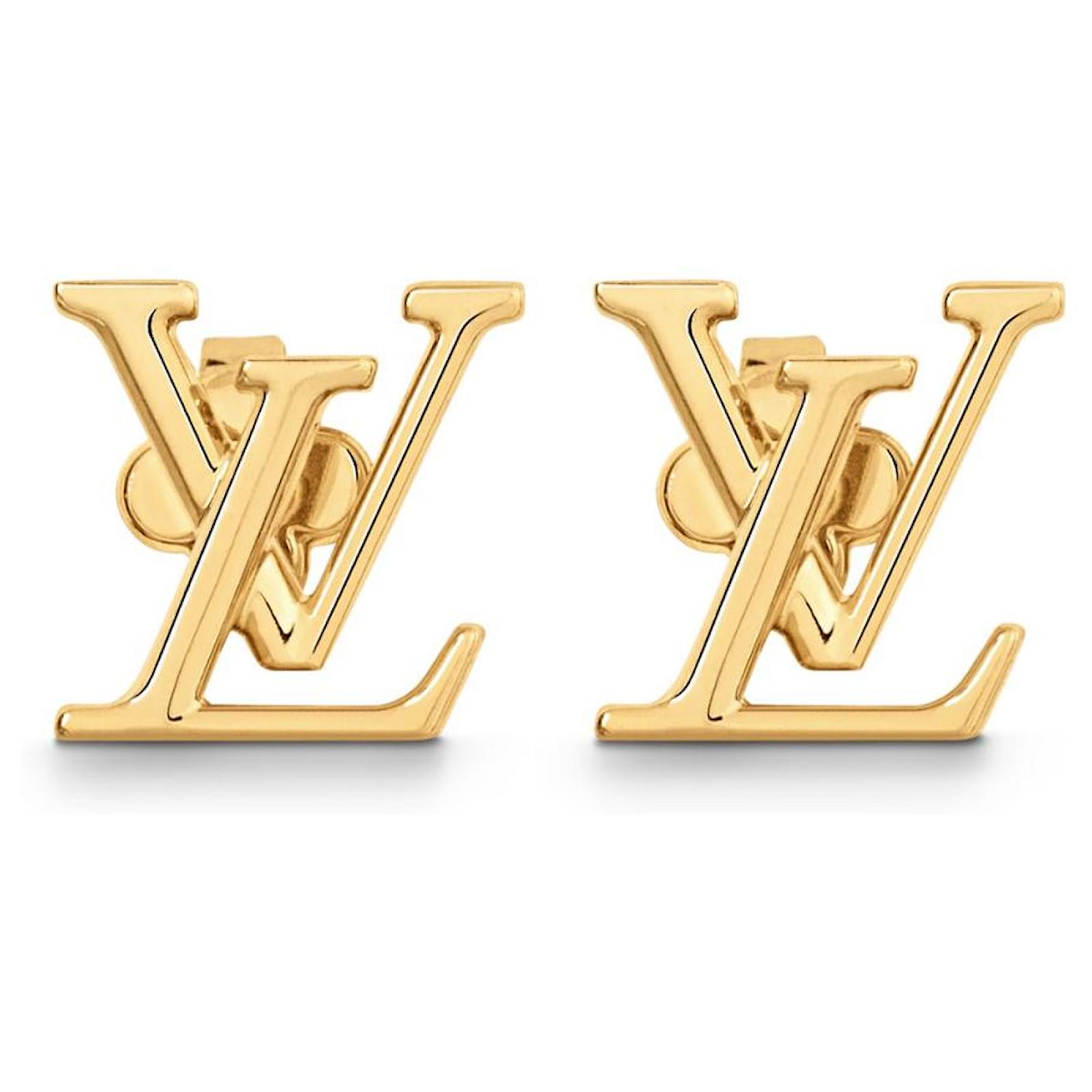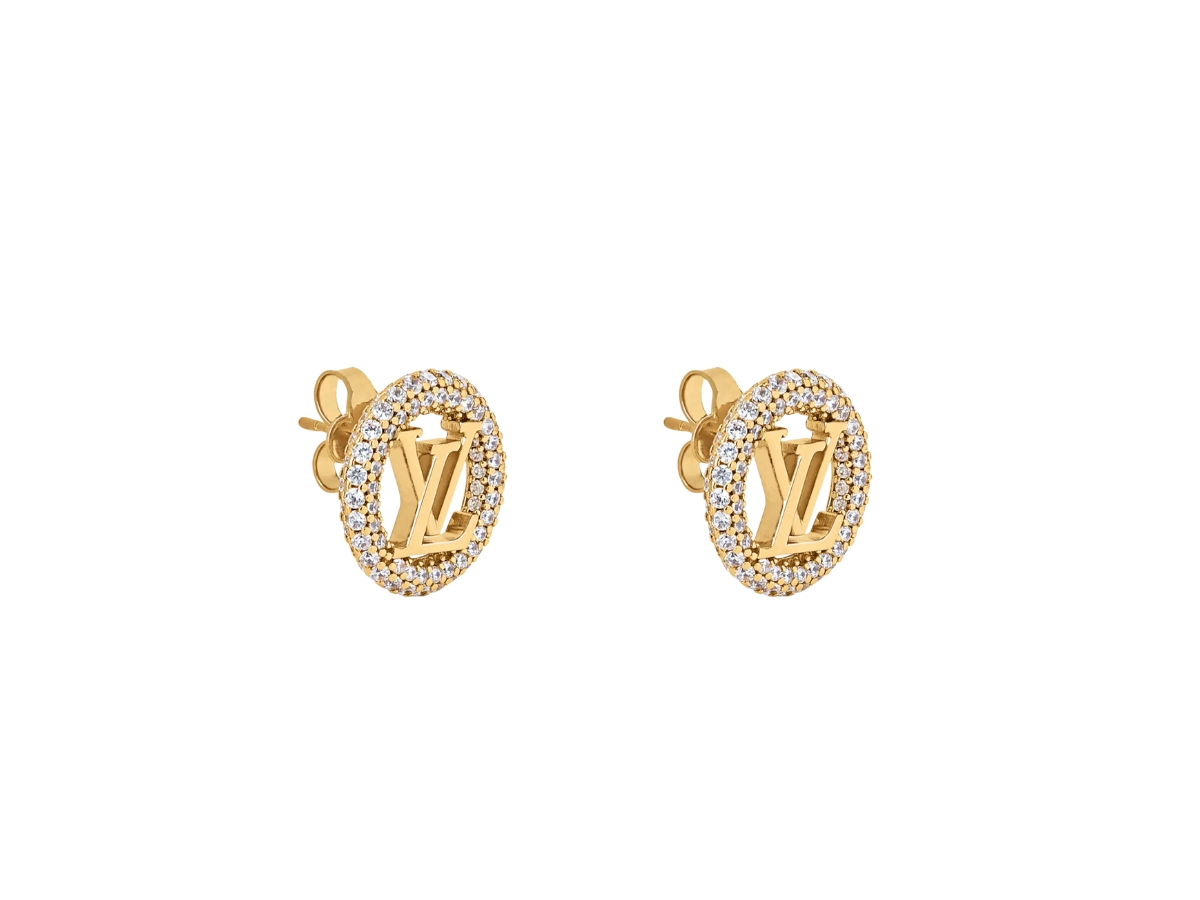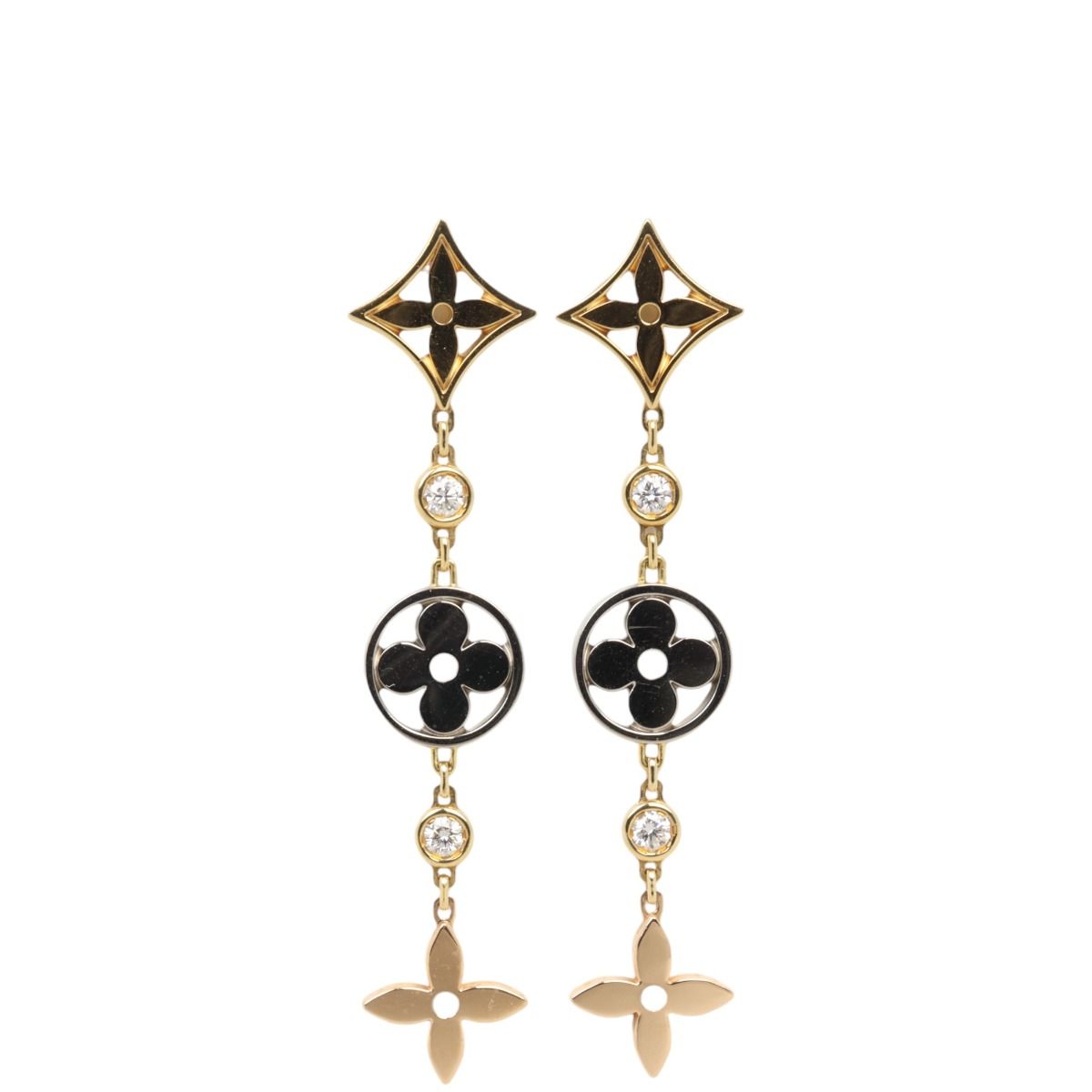Louis Vuitton Set Of 3 Earrings
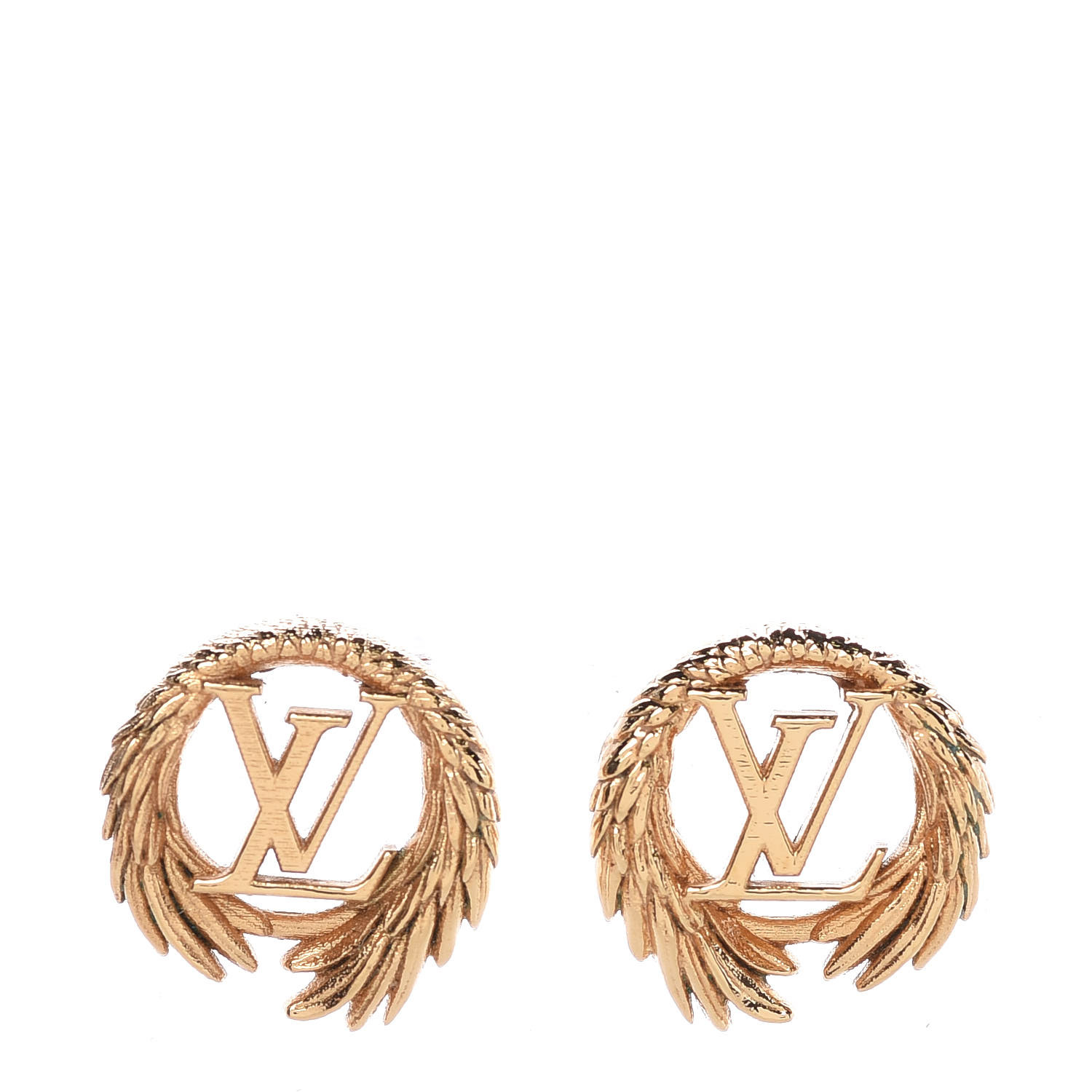
The luxury market is no stranger to bold statements, but the recent release of the Louis Vuitton set of three earrings has sparked a particular flurry of discussion among fashion enthusiasts and economists alike.
With a price tag that pushes the boundaries of accessible luxury, the collection has become a lightning rod for conversations about value, exclusivity, and the evolving landscape of consumer desires.
The Louis Vuitton set of three earrings, featuring the brand’s iconic monogram and signature hardware, is more than just a fashion accessory; it's a symbol of the current state of luxury and the complex relationship between brand identity and consumer perception.
This article delves into the details of this controversial offering, examining its design, pricing strategy, market reception, and the broader implications for the luxury goods sector.
The Design and Craftsmanship
The earrings themselves are crafted from high-quality materials, typically a combination of metal finished with gold or silver tones, and potentially adorned with enamel or crystal accents.
The signature Louis Vuitton monogram, a hallmark of the brand, is prominently featured, creating an instantly recognizable visual signature.
According to official Louis Vuitton product descriptions, the set is designed to be versatile, allowing for individual or combined wear to suit different styles and occasions.
However, details regarding the specific manufacturing process and the origin of materials remain largely undisclosed by the brand.
This lack of transparency fuels some criticism, as consumers increasingly demand greater accountability and ethical sourcing within the luxury sector.
The Price Point and Market Reaction
The price of the set has been a major point of contention. Comparable sets from other luxury brands often fall within a lower price range, making the Louis Vuitton offering appear significantly more expensive.
Social media platforms and fashion forums have been flooded with comments debating the justification for the price, with some arguing that it is inflated due to the brand's powerful image and perceived exclusivity.
Others defend the price, citing the superior craftsmanship and the inherent value associated with owning a piece from such a prestigious brand.
Economic analysts have pointed out that luxury goods pricing is often driven by perceived value rather than intrinsic cost.
Brands like Louis Vuitton leverage their heritage and brand equity to command premium prices, appealing to consumers who seek to signal status and sophistication.
This pricing strategy is not without its risks, as it can alienate potential customers and create an image of elitism.
Luxury Beyond Functionality: The Experience
Beyond the physical product, Louis Vuitton sells an experience that includes a sense of belonging to an exclusive club.
The brand cultivates this experience through its retail environment, customer service, and marketing campaigns that showcase a world of elegance and sophistication.
However, the accessibility of the brand through online channels challenges this traditional model of exclusivity.
Some argue that Louis Vuitton has become too ubiquitous, diluting its brand image and diminishing its appeal to high-net-worth individuals.
Others contend that the brand has successfully democratized luxury, making it accessible to a wider audience without sacrificing its core values.
Finding the right balance between exclusivity and accessibility is a constant challenge for luxury brands in the modern era.
Ethical Considerations and Sustainability
The luxury goods industry is increasingly under scrutiny for its environmental and social impact.
Consumers are demanding greater transparency regarding the sourcing of raw materials, the labor practices employed in manufacturing, and the environmental footprint of production processes.
While Louis Vuitton has made some efforts to address these concerns, such as implementing sustainable sourcing policies, critics argue that more needs to be done.
The high price point of luxury goods raises questions about the ethical implications of conspicuous consumption.
Some argue that these purchases represent a wasteful allocation of resources, particularly in a world facing pressing social and environmental challenges.
Other see luxury goods as a form of personal expression and a source of cultural enrichment, arguing that they play a vital role in the creative economy.
The Future of Luxury: Trends and Predictions
The luxury market is undergoing a significant transformation driven by changing consumer preferences and technological advancements.
Personalization, customization, and digital experiences are becoming increasingly important, as consumers seek unique and engaging interactions with brands.
The rise of the secondary market for luxury goods, including resale platforms and consignment shops, is also reshaping the industry.
Looking ahead, luxury brands will need to adapt to these trends in order to remain relevant and competitive.
This may involve embracing new technologies, such as augmented reality and artificial intelligence, to enhance the customer experience.
It also requires a commitment to sustainability, ethical sourcing, and responsible consumption.
The controversy surrounding the Louis Vuitton set of three earrings serves as a reminder of the complex dynamics at play in the luxury market.
As consumers become more discerning and demand greater value and accountability, luxury brands must adapt their strategies to meet these evolving expectations.
Only time will tell whether the brand can navigate these challenges successfully and maintain its position as a leader in the luxury landscape.


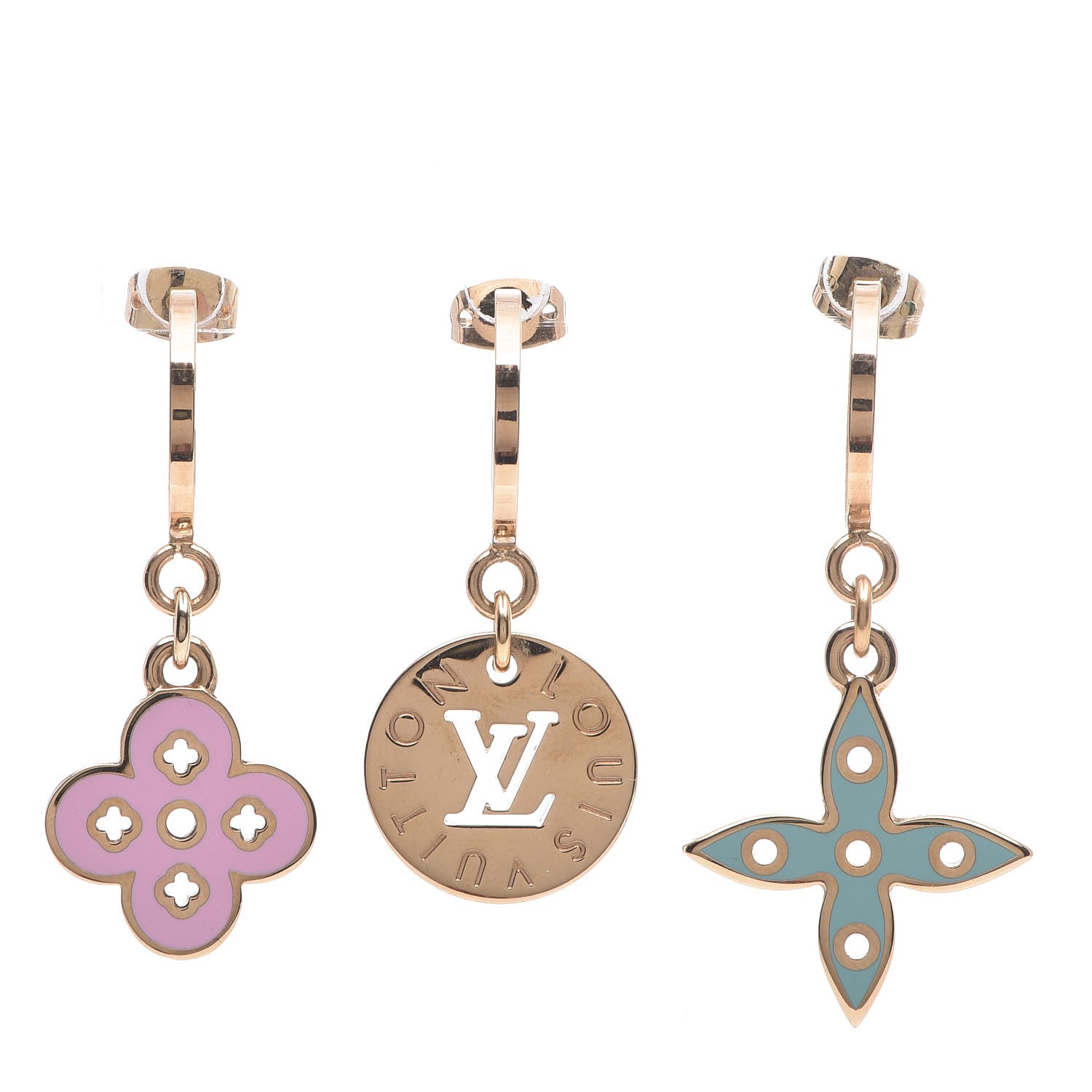



/https://admin.vuahanghieu.com/upload/product/2023/06/set-3-khuyen-tai-nu-louis-vuitton-m01025-lv-floragram-earrings-mau-vang-648964910a4da-14062023135617.jpg)

